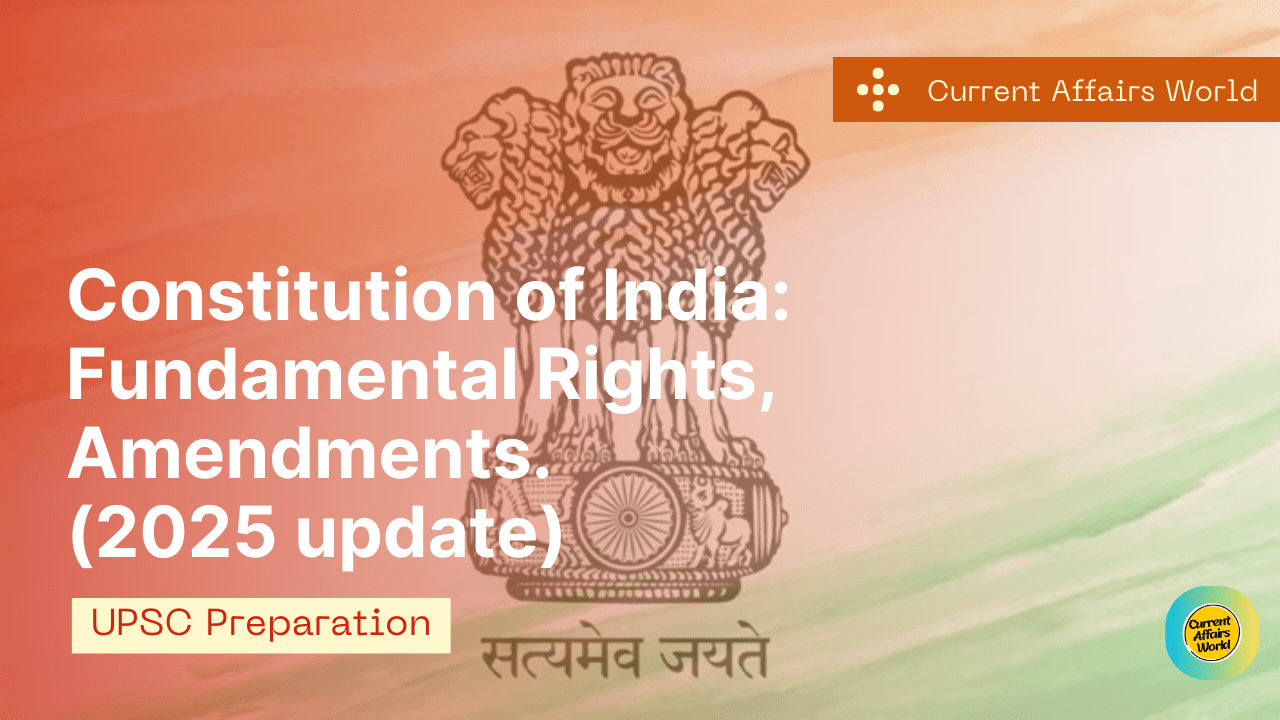“History of Indian Independence Movement”
The Indian independence movement was a significant socio-political and cultural upheaval that culminated in the freedom of India from British colonial rule. Spanning several decades and characterized by various forms of resistance, the movement was marked by the tireless efforts of leaders, activists, and ordinary citizens striving for self-rule and national sovereignty.
1. Early Movements: The roots of the Indian independence movement can be traced back to the 19th century when discontent against British colonialism began to simmer. Early revolts such as the Sepoy Mutiny of 1857, also known as the First War of Independence, highlighted growing opposition to British rule among Indians.
2. Rise of Nationalism: The late 19th and early 20th centuries witnessed the emergence of nationalist sentiments fueled by factors such as economic exploitation, racial discrimination, and cultural imperialism. Leaders like Dadabhai Naoroji, Bal Gangadhar Tilak, and Bipin Chandra Pal advocated for Swadeshi (self-reliance) and Swaraj (self-rule), laying the foundation for the Indian National Congress (INC) in 1885.
3. Partition of Bengal: The partition of Bengal in 1905 by Lord Curzon sparked widespread protests and gave impetus to the Swadeshi movement. Led by figures like Rabindranath Tagore and Aurobindo Ghosh, Indians boycotted British goods, promoted indigenous industries, and asserted their cultural identity as a form of resistance.
4. Gandhian Era: Mohandas Karamchand Gandhi, affectionately known as Mahatma Gandhi, emerged as the preeminent leader of the Indian independence movement in the early 20th century. Through his philosophy of nonviolent resistance, or Satyagraha, Gandhi mobilized millions of Indians in mass civil disobedience campaigns against British policies such as the salt tax (Salt Satyagraha) and the British monopoly on salt production.
5. Non-Cooperation Movement: In 1920, Gandhi launched the Non-Cooperation Movement, urging Indians to boycott British institutions, resign from government offices, and refuse to pay taxes. The movement garnered widespread support but was suspended following the Chauri Chaura incident in 1922, where protesters turned violent.
6. Civil Disobedience Movement: The Civil Disobedience Movement, initiated by Gandhi in 1930 with the Salt March, aimed to challenge British salt laws and demand independence. Thousands of Indians participated in acts of civil disobedience, including the defiance of salt laws, boycott of British goods, and refusal to pay taxes.
7. Quit India Movement: The Quit India Movement of 1942, also known as the August Movement, was a mass protest demanding an end to British rule in India. Led by Gandhi and the Indian National Congress, the movement called for the immediate withdrawal of British forces and the transfer of power to Indians.
8. Partition and Independence: The struggle for independence culminated in the partition of India and the creation of two independent nations, India and Pakistan, on August 15, 1947. While India embraced a secular democratic republic, Pakistan emerged as an Islamic state. The partition, however, led to communal violence, displacement, and loss of lives on both sides.
9. Legacy: The Indian independence movement left a profound legacy, shaping the political, social, and cultural landscape of modern India. It inspired similar movements for freedom and self-determination across the globe and laid the groundwork for India’s emergence as the world’s largest democracy.
The Indian independence movement was a testament to the resilience, courage, and unity of the Indian people in their quest for freedom. It underscored the power of nonviolent resistance and peaceful mobilization in challenging oppressive regimes and ushering in an era of self-rule and independence.
Overall, the history of the Indian independence movement serves as a reminder of the enduring struggle for justice, equality, and liberty, and the sacrifices made by countless individuals in pursuit of a brighter future for generations to come.





